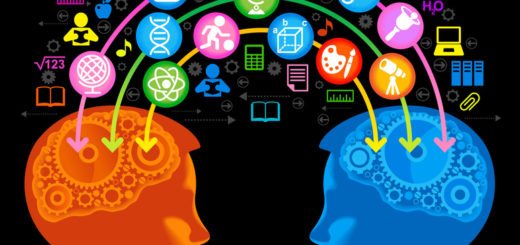The Importance of STEM in primary school 2019 by Sarah Gillam, Head Teacher, Maple Walk School
It is being called the fourth Industrial Revolution, with our children at the frontier of this exciting new age. Within this developing environment, where robotics, artificial intelligence and virtual reality will be the new reality, it is therefore essential that more pupils, from a very young age, engage with and are excited by STEM.
In the 21st century STEM (Science, Technology, Engineering and Maths) or STEAM, where the “a” in the acronym stands for “arts”, schools should seek to support their pupils’ lifelong journey of learning, exploring, and questioning from the primary years. Furthermore, by 2030, the workplace will be redefined by automation, (https://www.crimsoneducation.org/uk/blog/jobs-of-the-future).
The basic idea behind STEM is to teach this combination of subjects in a holistic way It means exploring how maths and geometry are part of a design assignment. It means coding computer programs at a very early age. And, it means that budding writers write not just short stories, but pieces about the sciences.
The use of technological tools (software and apps, for example) is a way that schools can address some of the challenges. In our School, good teaching provides opportunities to develop early science skills and practices; we engage children in tasks using technology that invite sharing, collaborating, and discussing, Maple Walk never underestimates what young children are capable of learning, and therefore provide many opportunities for children to make sense of numbers, patterns, and relationships, or to interact with the scientific phenomena or practices that set the stage for later STEM learning. We ensure that we give all children the opportunity to engage in authentic scientific explorations and mathematical thinking. At Maple Walk, integrated into the school day are “maths emergencies” where the children are problem solving, thinking critically and providing reasoning behind their answer (whether right or wrong).
Sparking a real interest or passion for the STEM subjects is just as important as simply teaching pupils these skills. We need to make the study of these subjects really come alive and show children how far they can go in life with proficiency in these skills. Hands-on activities such as building a bridge or a marble run using straws and paper develop the skills needed. Engaging the pupils and satisfying the natural curiosity of a child, through fun, interesting and hands-on projects will ensure pupils enjoy the STEM activities.
Within a safe, supportive environment, STEM activities can foster ingenuity and creativity; pupils build resilience and a positive growth mindset that allows them to fail and try again, STEM education stresses the value of failure as a learning exercise, and enables pupils to embrace mistakes as part of the learning process. STEM activities ensure that FAIL is a positive – First Attempt in Learning. STEM teaches problem solving and use of critical thinking skills alongside an ability to adapt and apply what has been learned to a variety of scenarios.
More importantly, STEM activities encourage experimentation and risk taking “Let’s try it and see.” How can you accomplish this? STEM activities also encourage teamwork as pupils frequently work in groups to find solutions to problems, record data, write reports, give presentations in a team-oriented environment.
The impact of STEM sessions within a primary school environment is huge. However, STEM cannot be developed within a school unless there are sufficient resources; trained staff; excellent equipment; high levels of numeracy and literacy to use necessary reasoning and problem solving language.
STEM activities within a school ensures that pupils, regardless of ethnicity or gender, will be prepared to embrace the increasingly tech-centred world instead of being hesitant or fearful.
One final thought, to ensure that the ‘A’ is not left out of STEM, high levels of creative thinking and communication will be needed to harness the full potential of all that technology has to offer. These skills are critical to the arts. As Julie Feest, CEO of the Engineering Development Trust said in her article in Education Business: “We should never be dividing our young people into the scientists and the artists, it is a false dichotomy and one which will not help future employability.” It is for this reason that alongside a robust science curriculum, Maple Walk provides specialist teachers for dance, drama, music and a range of art clubs.
Note about the writer:
Sarah Gillam is Head Teacher of Maple Walk Prep School in NW10. She has many years of experience in teaching and is a Team Inspector for the ISI (Independent Schools Inspectorate). www.maplewalkschool.co.uk
References:
https://www.theedadvocate.org/7-benefits-of-stem-education/
http://cct.edc.org/sites/cct.edc.org/files/publications/EarlySTEMTechWhitePaper.pdf
https://parentology.com/the-importance-of-stem-education/
https://educationbusinessuk.net/features/link-between-stem-education-and-future-jobs









